By Gregory Peduto
A hushed awe fell over the Army medical inspectors at New York’s National Guard Armory when William Delaney’s clothing hit the white tiled floor. Veterans often had scars, but this was ridiculous. Delaney’s long list of visible injuries included a busted nose, two cauliflower ears, a patchwork quilt of knife and razor scars beginning at his ankles, and two scabby old bullet holes blasted though his bulging torso. When the examining physicians wondered aloud about the origin of the wounds, Delaney spat the answer through a mouth full of gold teeth. “A lot of little wars around New York,” he said.
Little did the doctors know, but William Delaney was actually Monk Eastman, one of the toughest goons ever to swing a lead pipe on Manhattan’s Lower East Side. With much-dented brass knuckles and blazing revolvers, Eastman and his Jewish mob had wreaked havoc from the Bowery to the shores of the East River for the better part of two decades. Now, fresh out of prison, the 44-year-old gangster had enlisted in New York’s 27th Infantry Division to bring his own brand of terror to the trenches of World War I. Eastman and his feats of courage eventually would set the New York newspapers aflame, but to Monk the war in Europe was just another rumble in a life strewn with conflict.
Who was Monk Eastman?
Because Eastman had over 20 known aliases, separating fact from fiction in his early life can be a daunting task. The 1880 federal census reveals that Monk’s true name was Edward Osterman. Raised in a devout Jewish household, Edward’s first arrest followed shortly after his father’s death, and the courts cast the youth into the fires of New York’s Blackwell’s Island Penitentiary.
With quick wits and even quicker fists, Eastman emerged from prison with a gangland reputation that earned the hoodlum a job as the bouncer at the New Irving Hall. A vicious den of iniquity, the New Irving often played host to members of New York’s corrupt political machine, Tammany Hall, and its raucous fund-raising parties known as “rackets.” Tammany hoodlums forced shopkeepers to purchase tickets to the galas, and the practice became known as “racketeering.” Eastman immediately proved to be an awe-inspiring character, prowling the dangerous events wearing a derby two sizes too small on his enormous head.
In his back pocket, the hoodlum habitually carried a blackjack. Over his fists Eastman wore studded brass knuckles. In a pinch, he could wield a broken bottle like a surgeon and a pool cue like Home Run Baker. Within a few years’ time, the bouncer had fractured so many skulls at New Irving that ambulance drivers jokingly renamed the Bellevue Hospital emergency room the Eastman Pavilion.
From Hoodlum to Kingpin
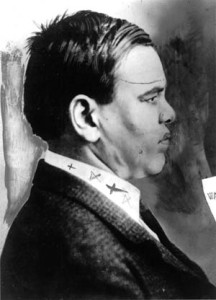
Using his hard-earned notoriety, Monk retired from bouncing and went into business for himself, building a private army of over 1,000 street fighters, gunmen, and burglars that dominated the Lower East Side. His antics caught the eye of Tammany’s ward heelers, and a diabolical alliance was born. In exchange for protection from the police, the toughs put their fists to work campaigning for Tammany Hall. Eastman and his boys raided polling booths, intimidated voters, and stuffed ballot boxes to ensure that the Tammany-backed candidates came out ahead in the polls.
Doing Tammany’s dirty work, the mobster amassed more than 30 arrests, but thanks to the Hall’s lawyers, he was never convicted. Inspired by this aura of untouchability, the hood led forays into enemy territory with a hands-on style that would bode well for his future in the Great War. Whatever the crime, from simple robbery to roaring shootouts, Monk Eastman was always in the thick of the action. To the east, the Eastman gang encroached upon the Brooklyn Bridge enclave of ex-pugilist Yakey Yake Brady. To the north, the Eastman mob raided the graveyard hangout of Humpty Jackson, a hunchbacked ex-con known for packing a revolver under his hump and a volume of Voltaire in his pocket.
Eastman Get’s Hospitalized
Monk’s first taste of lead came shortly after his territorial expansions into Paul Kelly’s notorious Five Points kingdom. Kelly, whose real name was Paolo Vaccarelli, was the only gangster who rivaled Eastman in power. Another Tammany shoulder hitter, Kelly controlled everything west of the Bowery. War erupted when the Eastmans spilled over the border. In response, two Five Points gunmen tracked Eastman to Silver Dollar Smith’s Saloon, stuffed a .45 into his gut, and fired twice. Another shot grazed the mobster’s face, but the wounded kingpin fought off his assailants with his ham-sized fists.
Eastman emerged from the hospital and quickly sought revenge by killing a Five Pointer. For months, battles raged across the slums with fists, brickbats, and guns. The hostilities reached an apogee of destruction on a balmy September night in 1903. The day before, an election day, Eastman and some of his henchmen were out repeat voting when they had a run-in with Kelly’s men. Around 9 pm the next day, Eastman and three of his most trusted torpedoes—Lollie Meyers, Isidor Bernstein, and Henry Lewis—dashed into Livingston’s Saloon, a Five Point redoubt, with their revolvers bucking. An hour later, the hoods encountered Peggy Donovan, the same man who had shot Monk a year earlier, and put a bullet though his throat.
Kelly roused his troops and led a force of 30 gangsters to the intersection of Rivington and Allen Streets to smash the Eastmans. There the Five Pointers found Monk and his crew of 30 men waiting under the elevated train tracks. In an instant, the Battle of Rivington Street commenced. For nearly an hour, the Eastmans and the Five Pointers shot it out, bobbing and weaving under the steel train pillars. Two patrolmen sprinted to the scene, and the warring gangsters met them with a volley of fire. It eventually took a team of 50 police officers armed with repeating rifles to break up the fracas. When the smoke cleared, three men lay dead and a score were wounded. The police arrested Monk under his alias, William Delaney.
The Fall of a Crime Lord
As usual, Tammany Hall lawyers beat the charges, but the vote-seining organization began to distance itself from its uncontrollable gorilla after the political bosses realized that the bad press they were receiving far outweighed whatever votes the gangster collected. Less than two weeks later, Eastman was in the news again. This time, he was accused of stabbing the former chauffeur of a prominent securities broker. For the last time, Tammany rallied to the gangster’s defense and Monk was acquitted, but from then on he was on his own.
A few months later, the mob boss was embroiled in another shootout. On February 2, 1904, Eastman stalked the drunken son of C.W. Wetmore, president of the LaClede Gas Light Company. Luckily for the younger Wetmore, two Pinkerton detectives were following him. When Eastman thrust a pistol into the staggering youth’s face, the hoodlum was met with a burst of gunfire. He returned fire. When Monk ran out of ammunition, the Pinkertons apprehended the gangster. This time, there was no Tammany Hall coming to the rescue.
The court sentenced Eastman to 10 years in Sing Sing, the notorious prison in upstate New York. Paroled five years later, the mobster emerged to find himself a king without a kingdom. While he was away, gang leaders had evolved into labor racketeers who no longer brawled in the streets. Lacking the mind for more complicated swindles, Monk fell into a spiral of petty crime and opium addiction. Between the years of 1909 and 1917, Eastman went back to jail three more times. Time was running out for the middle-aged gangster. He needed to turn his life around.
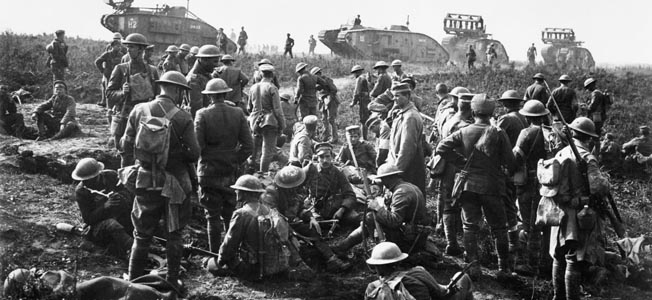
Joining the Roughnecks
The day after his final release in 1917, the ex-con trekked up to Yonkers, New York, and enlisted in the 106th Regiment of the 27th Infantry Division of the New York National Guard, a force aptly named O’Ryan’s Roughnecks after its commander, Maj. Gen. Frank O’Ryan. No one knows exactly what drove the 44-year-old gangster to join the Army. Perhaps Eastman was following the example of his father, Samuel, who had fought for the North in the Battle of Bull Run. Some historians suppose that Monk just wanted to turn his life around and kick his opium habit, but the most plausible reason was Monk’s lifelong lust for excitement and danger.
On August 30, 1917, Eastman and the 27th shipped out to trench warfare school at Camp Wadsworth, South Carolina. During their training, recruits faced diluted chlorine gas, trench-clearing drills, and other trappings of the Great War in Europe. Platoon Sergeant Hank Miller recalled that the men teased Eastman, calling him “Pop” because of his advanced age, but in basic training the elderly doughboy amazed his much-younger comrades by outrunning everyone in the unit. When Eastman hit a bayoneting dummy, he nearly tore it in half. His secret identity eventually came out, and the taunting abruptly ended—Pop Delaney was really Monk Eastman, infamous Bowery desperado.
The prospect of fighting at the side of New York City’s deadliest brawler thrilled the young recruits, and the gangster obligingly instructed his comrades in the Eastman school of no-holds-barred gutter fighting. By now, Eastman served as the linchpin of the 106th’s regimental morale. His mere presence inspired the men to unthinkable acts of courage.
O’Ryan’s Roughnecks Meet Rupprecht’s Sturmtruppen
On July 9, Eastman and the 106th marched into line with the rest of the 27th Division in the Ypres Salient to put a stop to the rampaging forces of Crown Prince Rupprecht of Bavaria. Generally regarded as the best German royal commander, Rupprecht and his Sturmtruppen (assault troops) had helped recapture all of the territories lost to the Allies since 1916. Rupprecht aimed to end the war by taking the port cities of Dunkirk and Calais.
Allied high command charged the Roughnecks with holding the line against the prince’s seasoned troops. Eastman and his comrades dug in under the shadow of Mont Kemmel and Vierstraat Ridge, two German strongholds bristling with heavy artillery, and waited. For several days and nights, shells and shrapnel rained down on the regiment’s position, but Eastman sat unperturbed. When the other soldiers asked the former hoodlum what he thought of the war, Eastman curled his lip and said that he had already fought the Battle of New York.
After the barrage tore holes through the unit, the first waves of elite Sturmtruppen came over the top and engaged Monk’s unit in deadly hand-to-hand combat. It was during this bitter defense that the first tales of Eastman’s surprising heroism began to circulate. At night, Monk led forays into no-man’s-land to take scalps. When the Germans nearly overran the trenches, the seasoned Bowery alley fighter met the Kaiser’s finest with his tattooed knuckles. While rescuing a fallen comrade he suffered a rifle round through the hand, but he simply wrapped the wound and fought on.
The Counterattack
German commanders halted Rupprecht’s drive to the sea to reinforce their attack on Chateau-Thierry in the south. Before withdrawing, the prince left an impregnable chain of machine-gun emplacements designed to thwart any Allied counteroffensive—or so he thought. When O’Ryan got wind of the German withdrawal, the Roughnecks geared up for an assault of their own. O’Ryan ordered Colonel Franklin Ward, commander of the 106th Regiment, to seize heavily fortified Vierstraat Ridge.
The Germans met Ward’s charge with a staccato burst of machine-gun fire that soon pinned down the entire regiment, but Eastman broke the stalemate with a fistful of Mills bombs. In the attack, bullets shredded Eastman’s backpack and shrapnel sliced through his leg, but he managed to put the gun out of commission, allowing the 106th to take the ridge. In three days’ time, the division captured much territory and hundreds of prisoners, but Monk Eastman was not there to celebrate—he was laid up in an Army field hospital nursing his wounds. On September 4, the 27th moved to the rear to prepare for one of the greatest battles in the war, the taking of the supposedly impregnable Hindenburg Line.
Eastman Dashes Back to the Front
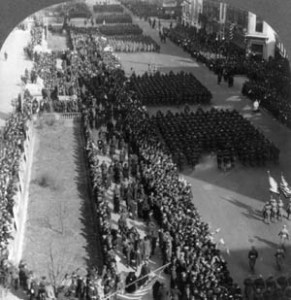
When Monk got wind of the plans, he stole away into the night, fleeing the hospital half-naked and barefoot. Equipping himself from a nearby salvage dump, he rejoined his company and went back into action. The German position consisted of three concrete trenches surrounded by three belts of barbed wire, mines, and machine-gun nests. The task of cracking this impressive nut fell to the 106th, and Eastman’s regiment served as the battering ram that led the first charge.
On the morning of September 27, the 106th stormed though a hail of machine-gun and artillery fire to capture a precarious foothold from which to mount the main assault. Over the course of the day, the position was lost and regained four more times before the 106th finally broke the Germans. Amid the carnage, Eastman showed an unexpectedly tender side. When the 106th seized a group of German prisoners, including a cocky teenager, one of the Americans threatened to ram a bayonet though the arrogant boy’s chest. Monk stopped the soldier with a few words. “Let him alone,” said Eastman. “He’s only a kid.” By now, the troops knew not to argue with the gangster.
With the position secure, the 106th withdrew to the rear, but Monk begged the head surgeon for permission to remain as a stretcher bearer. While the rest of the men in his company were resting, Eastman served in the frontline trench, carrying back wounded men. A few days later, the 27th and other Allied units broke the Hindenburg Line. The war was over.
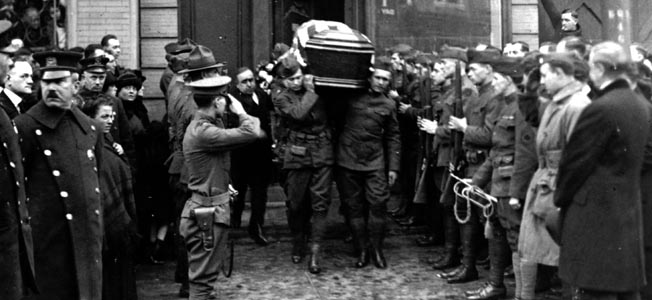
Redemption in the Public Eye
On March 25, 1919, the 27th marched down Fifth Avenue as heroes, but Eastman’s wartime feats of heroism remained largely unknown to the public. Monk’s officers, however, had prepared a surprise for the old street fighter. Colonel Ward, Major Scott Burton, Captain James Conroy, and Lieutenant Joseph Kerrigan presented more than 100 letters and signatures to Governor Alfred E. Smith asking for Eastman’s pardon. On May 8, 1919, the governor, himself a Tammany Hall veteran, forgave Monk’s past crimes.
New York newspapers sang the mobster’s praises and spoke of the power of reform. Unfortunately, Monk soon returned to his old tricks, working as an enforcer for gambler Arnold Rothstein, the man who single-handedly fixed the 1919 World Series between the Chicago White Sox and the Cincinnati Reds. The gangster-turned-doughboy did not live to see the age of 50. On December 26, 1920, Eastman and Jerry Bohan, a corrupt Prohibition agent, strolled into an East Side speakeasy called the Bluebird Café. In the early morning hours, an argument erupted between the two. Bohan drew a pistol and shot Eastman through the hand, elbow, and heart. The old hooligan managed to sprint across the street before he collapsed and died near the 14th Street subway entrance. Bohan was later convicted of manslaughter and sentenced to three years in prison.
Thousands of mourners, including his longtime gangster cronies and his newfound friends from the Great War, turned out for Monk’s military sendoff. After the playing of taps and a 21-gun salute, Private Edward Eastman, the Bowery’s greatest villain and the 106th’s greatest hero, was lowered into the ground at Brooklyn’s Cypress Hills Cemetery, decked out in his beloved Army uniform. A storied era in gangland history had come to an end.
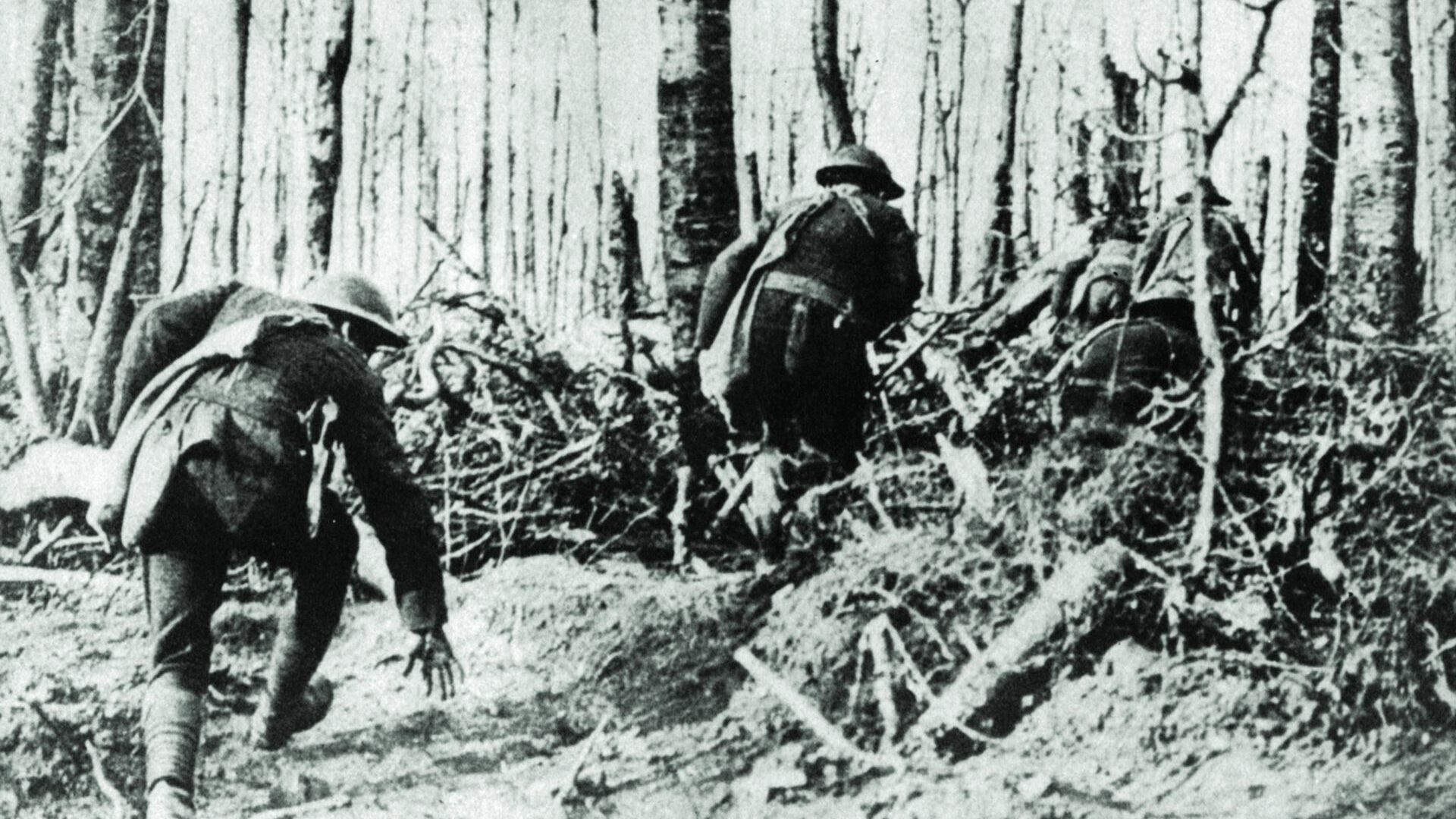
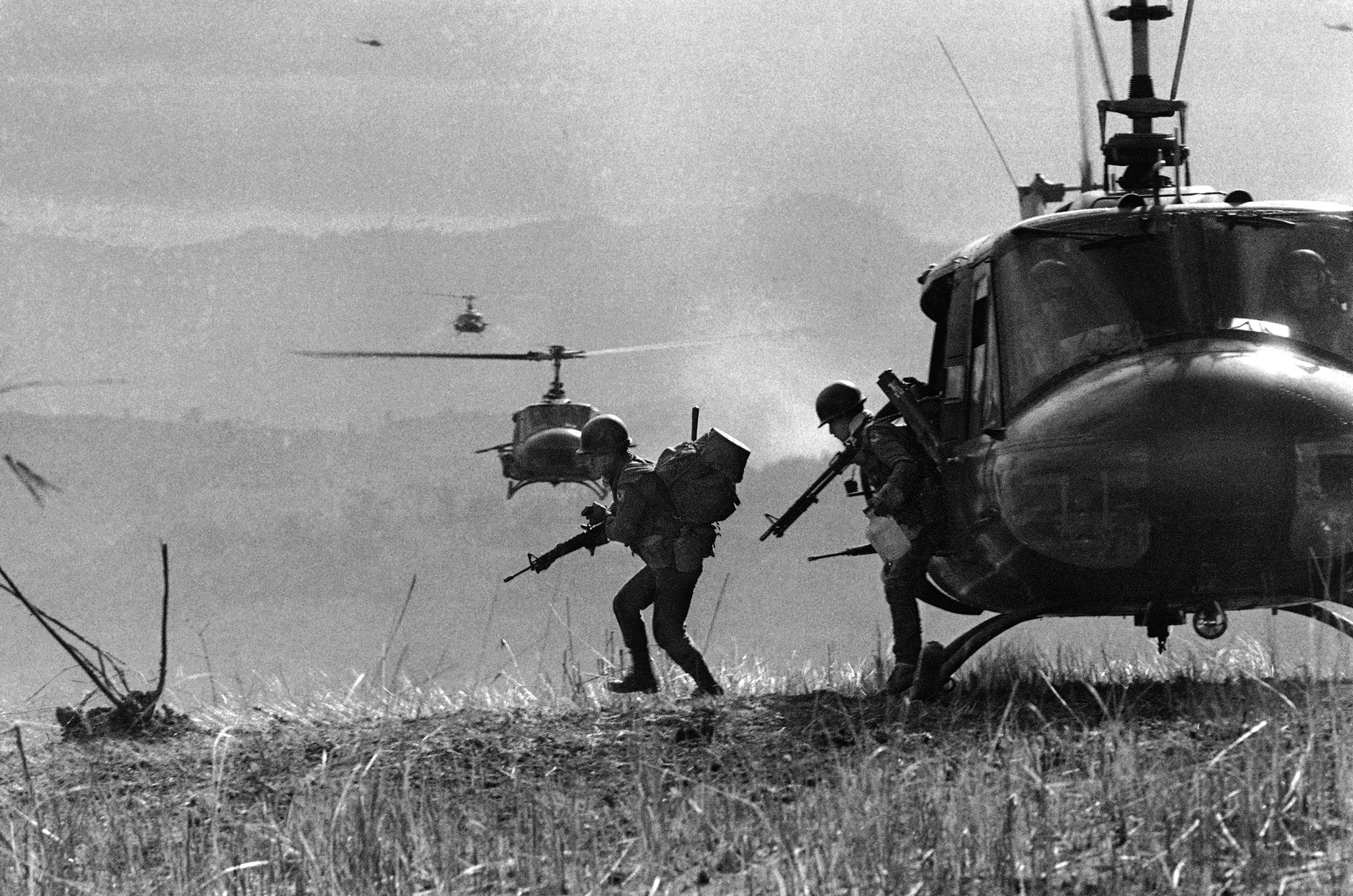
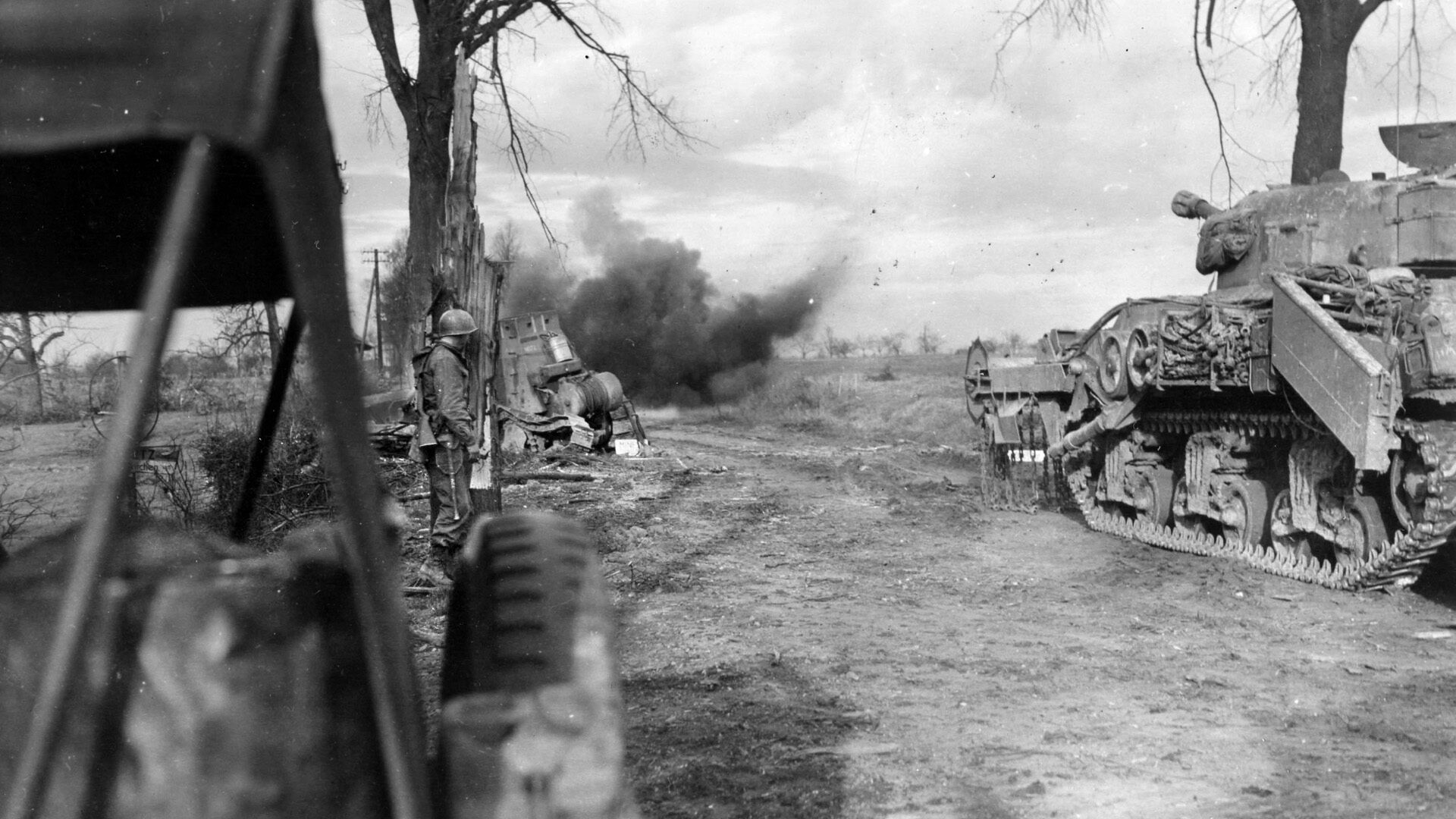
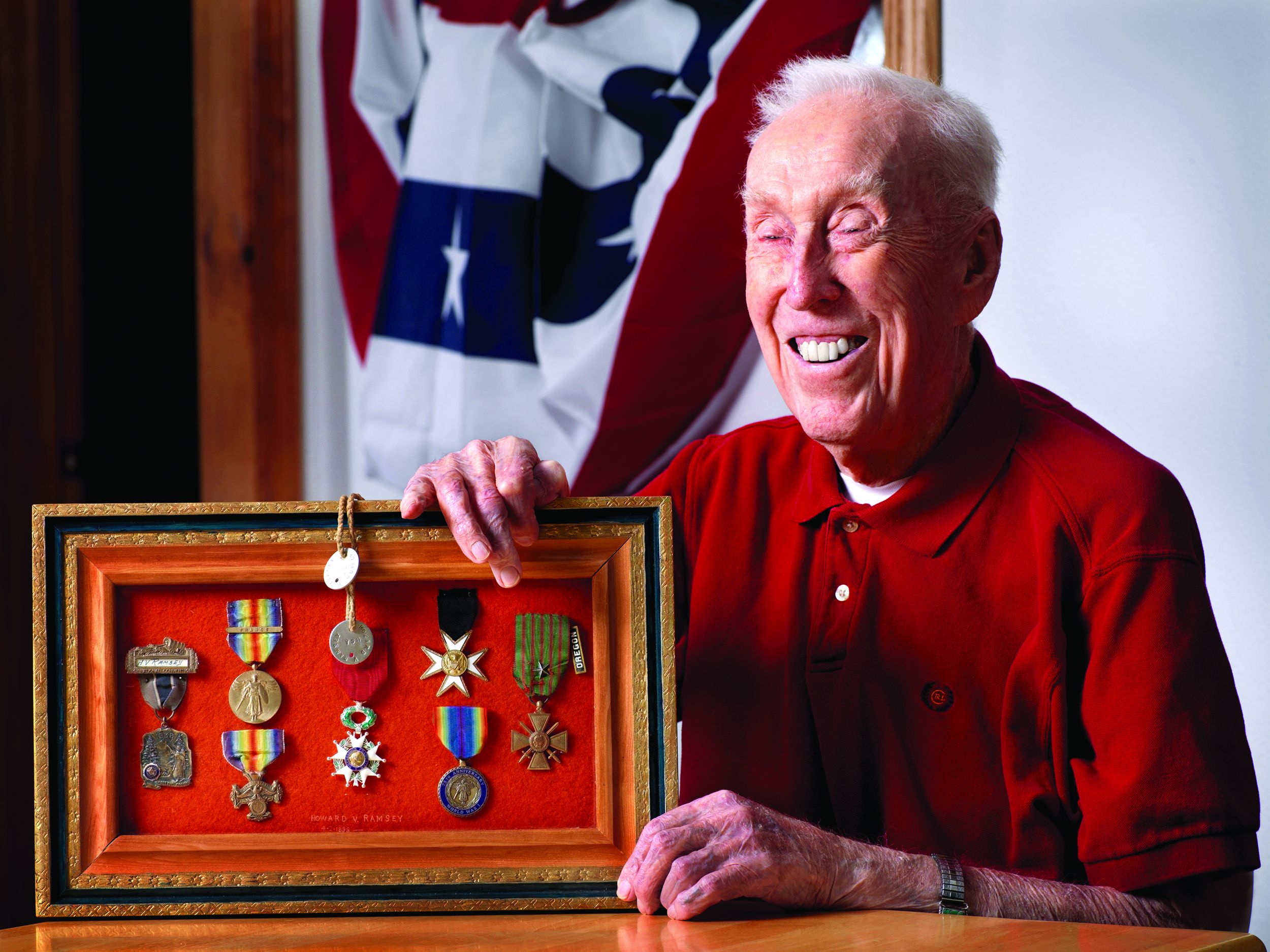
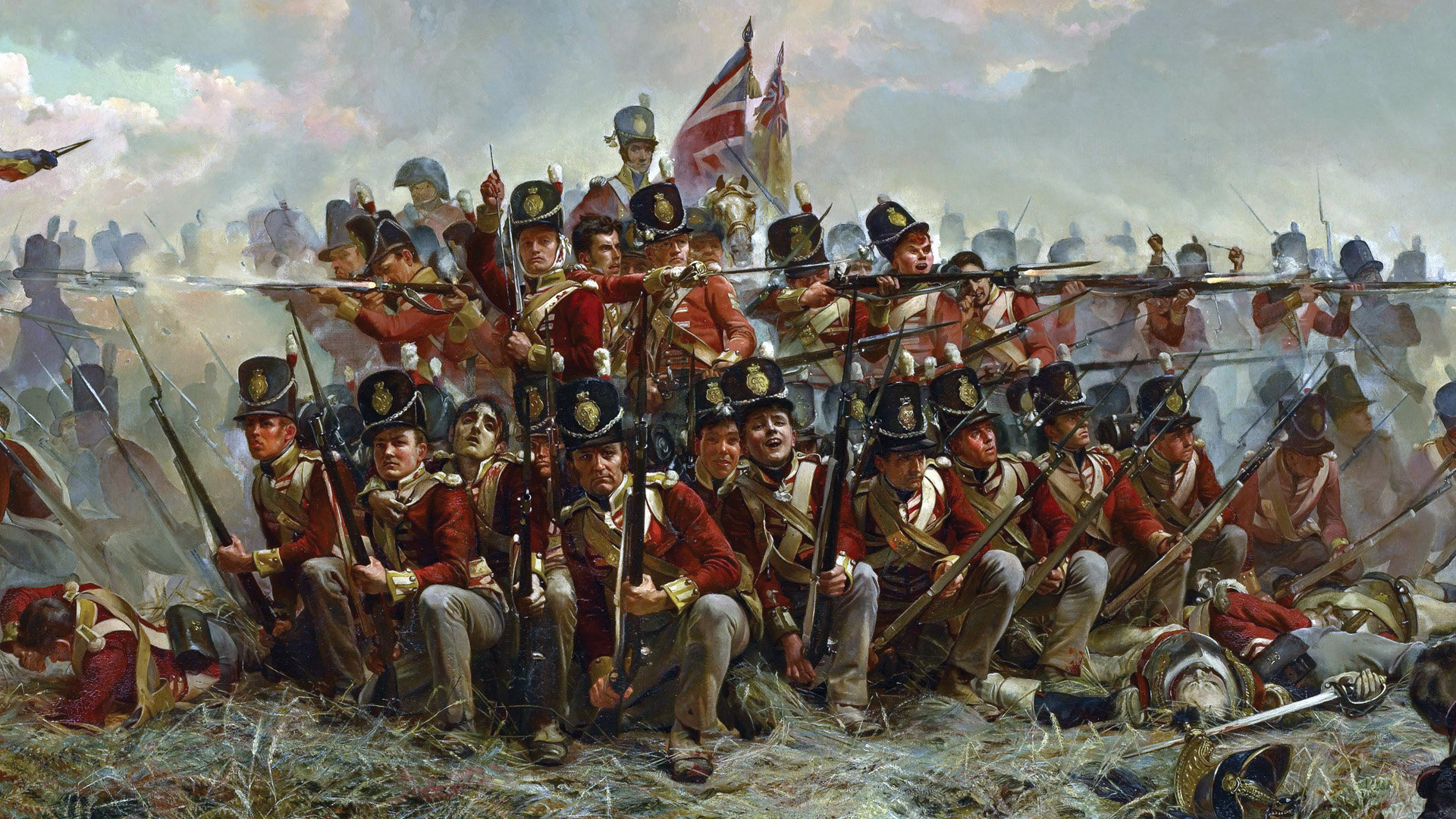
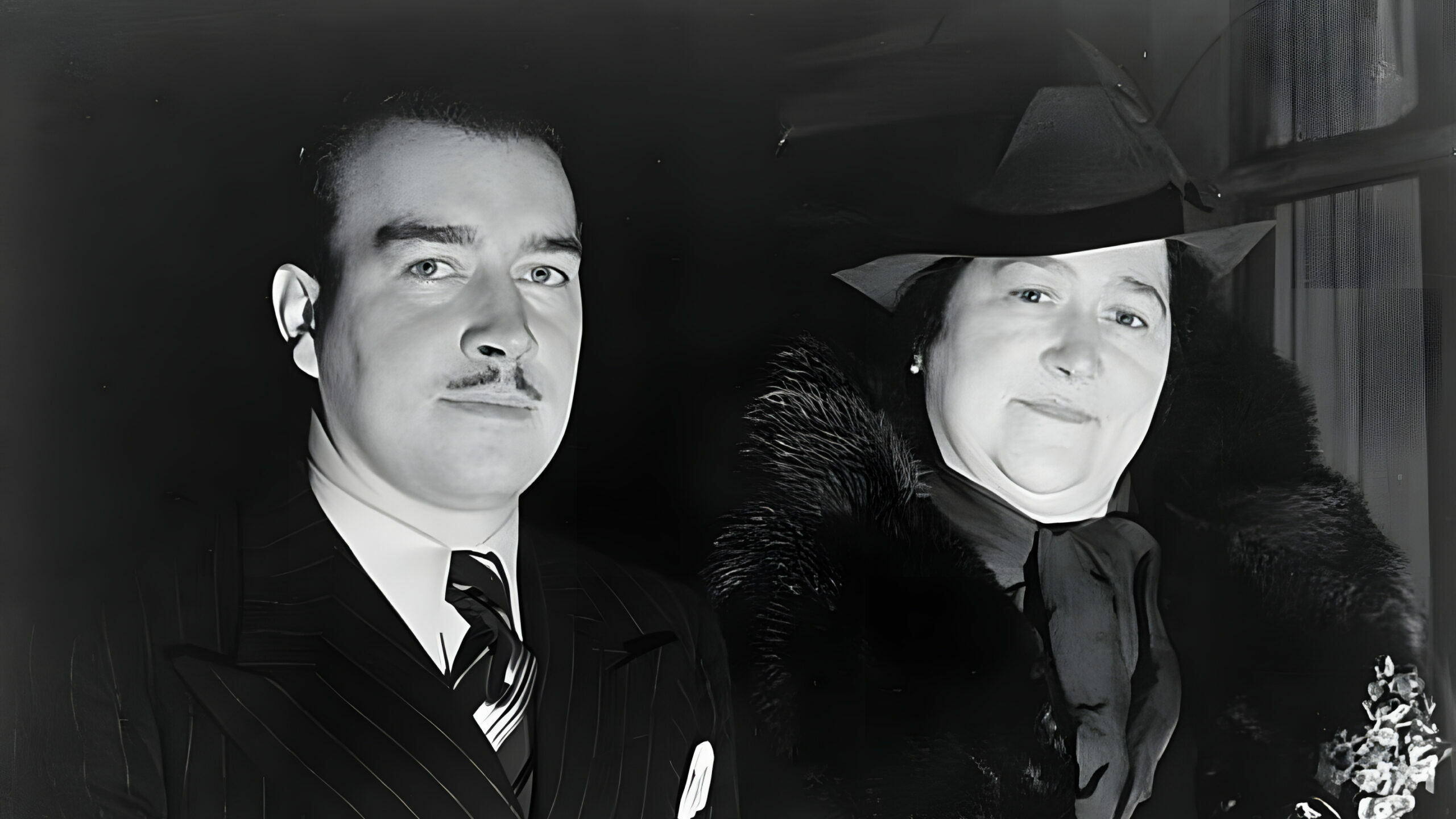
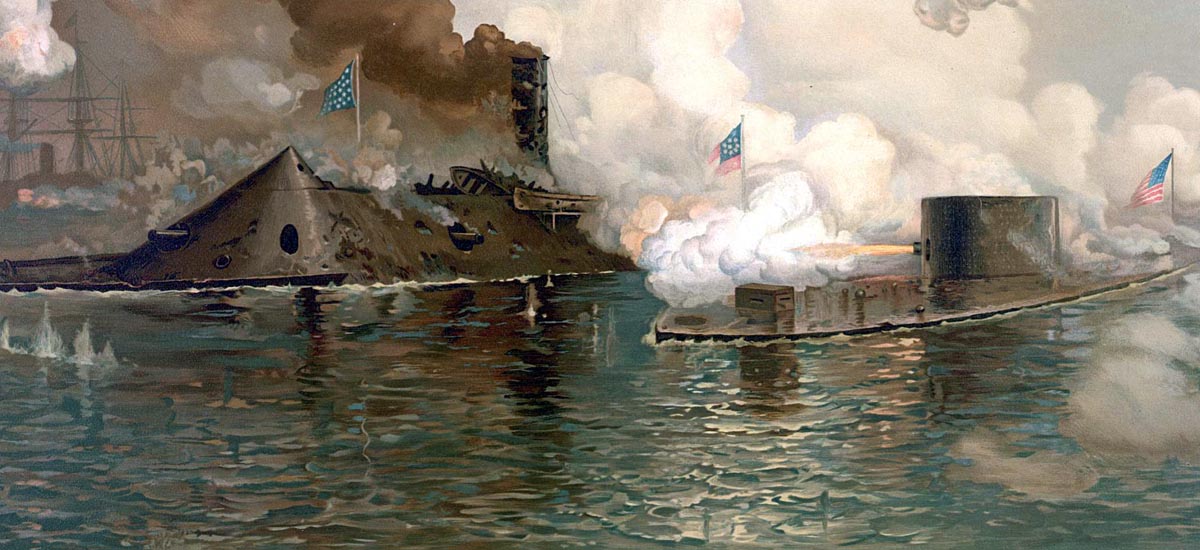
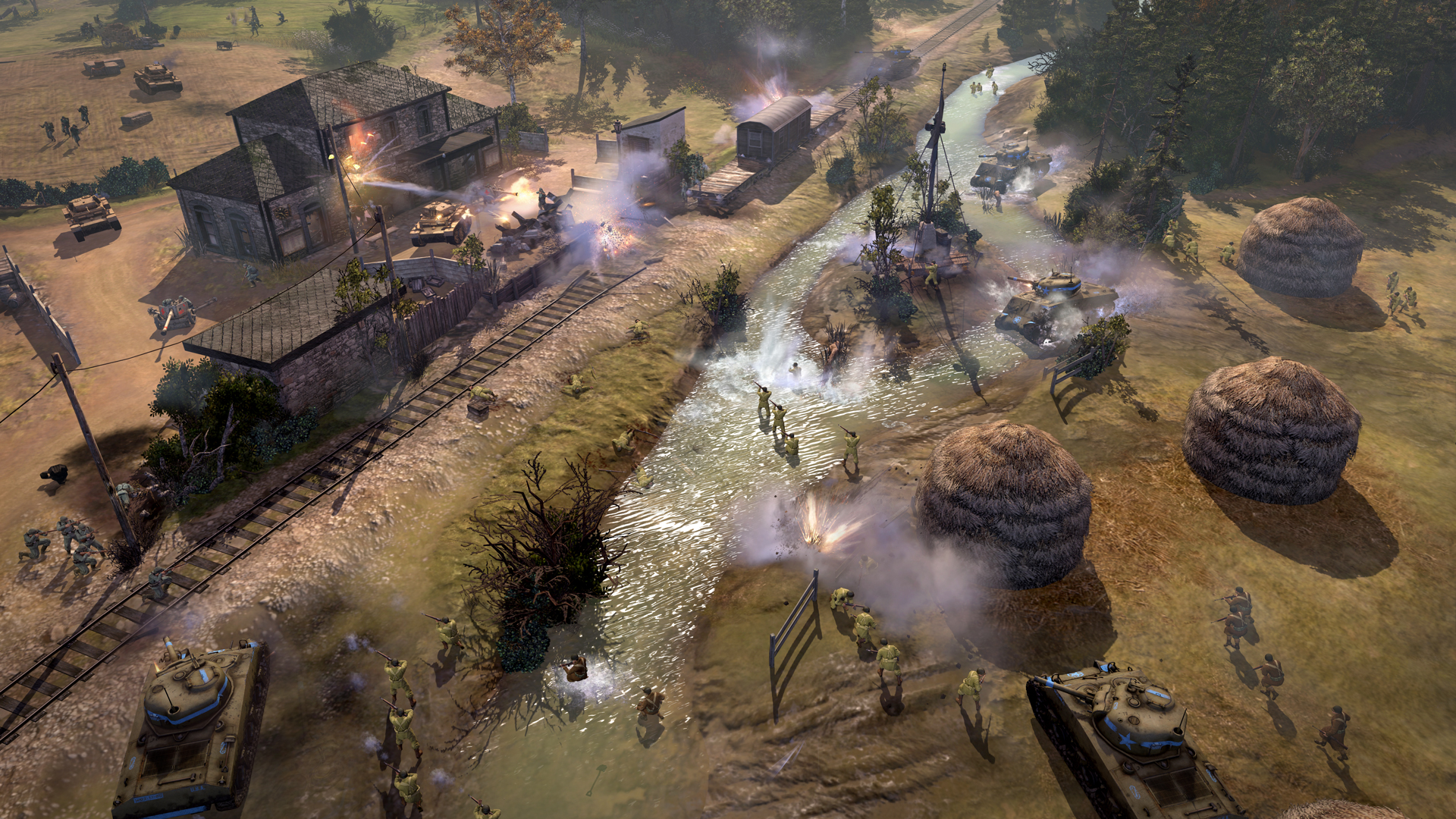
Join The Conversation
Comments
View All Comments